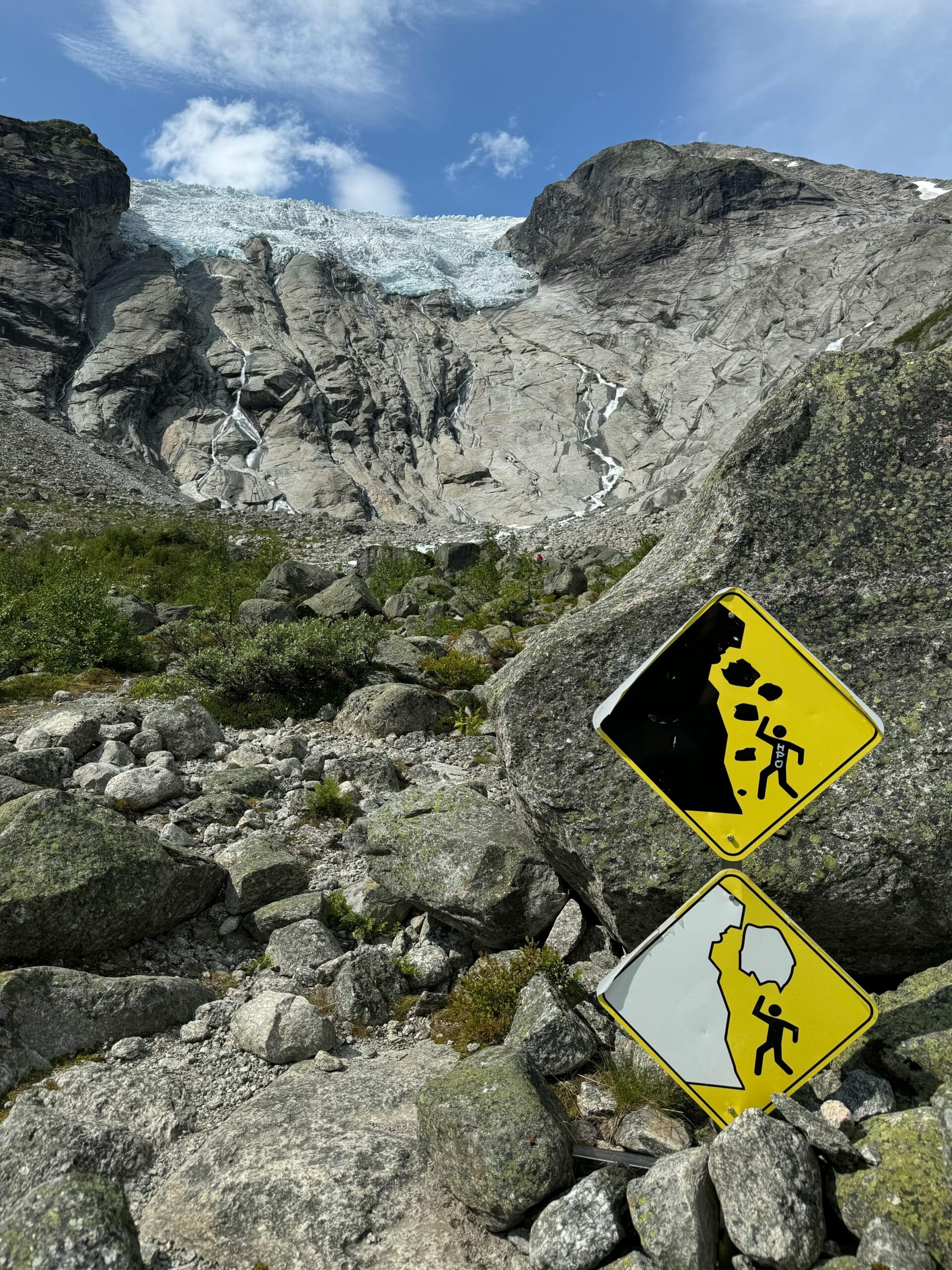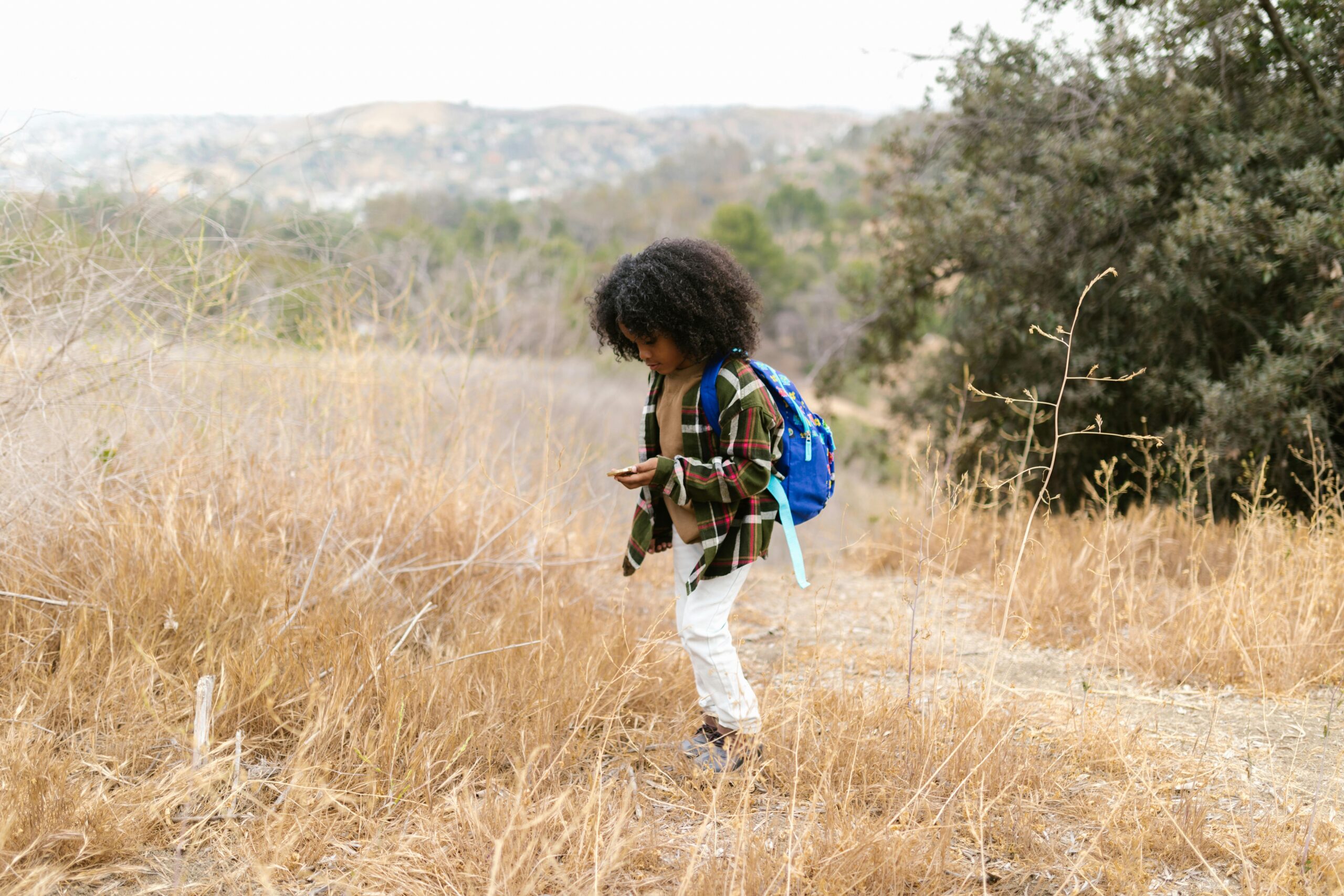Heading into nature offers peace, perspective, and physical challenge, but it also comes with real risks. For new and seasoned hikers alike, understanding potential trail hazards is key to staying safe and enjoying the great outdoors. From poisonous plants to unpredictable weather, here are the essential trail hazards to know about and how to avoid them.
1. Poisonous Plants: What to Watch For
Some plants may look harmless but can cause skin irritation, allergic reactions, or even more serious health issues. Knowing how to identify them is crucial.
Common Toxic Plants:
- Poison Ivy: “Leaves of three, let it be.” Look for groups of three leaflets with pointed tips and a reddish stem.
- Poison Oak: Resembles oak leaves and grows in clusters of three, especially in the western U.S.
- Poison Sumac: Grows in swampy areas, has 7-13 leaflets arranged in pairs with a single leaflet at the end.
How to Avoid Them:
- Stay on marked trails.
- Wear long pants and sleeves.
- Learn plant identification before heading out.
💡 Pro Tip: If exposed, wash the area with soap and water as soon as possible. Carrying a small bottle of rubbing alcohol or poison ivy wipes can also help.
2. Wild Animal Encounters: Be Prepared, Not Scared
Most wild animals want to avoid humans, but it’s important to understand their behavior and what to do in case of an encounter.
Common Wildlife Hazards:
- Bears: Especially active in spring and fall. Avoid surprising them; make noise while hiking.
- Snakes: Venomous species like rattlesnakes often sun themselves on rocks. Watch where you step.
- Mountain Lions: Rare but potentially dangerous. Don’t run if you encounter one; make yourself look bigger.
Safety Tips:
- Hike in groups when possible.
- Keep food sealed and away from camp areas.
- Carry bear spray in areas where bears are common.
- Know how to identify local species before your hike.
💡 Pro Tip: Check local ranger stations for recent wildlife activity or trail closures.
3. Dangerous Weather Conditions: Stay Ahead of the Storm
Weather in the wilderness can change quickly and become life-threatening if you’re unprepared.
Weather Hazards to Watch For:
- Lightning: Avoid ridges, peaks, and open meadows during storms.
- Heatstroke: High temps and dehydration can lead to heat exhaustion or heatstroke.
- Hypothermia: Can occur even in cool temperatures if you’re wet or exposed to wind.
- Flash Floods: Especially dangerous in canyons and desert areas.
Weather Safety Tips:
- Always check the forecast before you go.
- Dress in layers and carry waterproof gear.
- Bring extra food and water.
- Know the signs of heat and cold-related illnesses.
💡 Pro Tip: Turn back if weather conditions change unexpectedly. It’s better to be safe than sorry.
Conclusion: Hike Smart, Hike Safe
Being aware of potential trail hazards isn’t about fear—it’s about being informed and prepared. Whether you’re hiking a beginner loop or tackling a backcountry trail, knowledge is your best safety tool.
🧭 Stay on the path, pack the essentials, and respect nature—and your next hike will be safer, smoother, and more enjoyable.




Leave a Reply